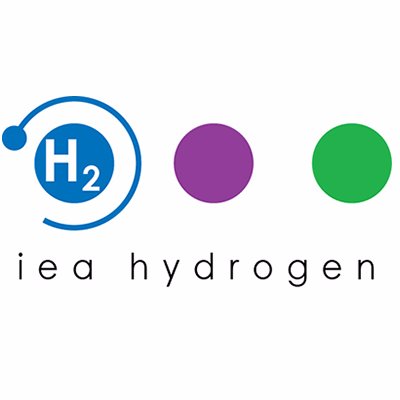We use cookies to help you navigate efficiently and perform certain functions. You will find detailed information about all cookies under each consent category below.
The cookies that are categorized as "Necessary" are stored on your browser as they are essential for enabling the basic functionalities of the site. ...
Necessary cookies are required to enable the basic features of this site, such as providing secure log-in or adjusting your consent preferences. These cookies do not store any personally identifiable data.
Functional cookies help perform certain functionalities like sharing the content of the website on social media platforms, collecting feedback, and other third-party features.
Analytical cookies are used to understand how visitors interact with the website. These cookies help provide information on metrics such as the number of visitors, bounce rate, traffic source, etc.
Performance cookies are used to understand and analyze the key performance indexes of the website which helps in delivering a better user experience for the visitors.
Advertisement cookies are used to provide visitors with customized advertisements based on the pages you visited previously and to analyze the effectiveness of the ad campaigns.
Other cookies are those that are being identified and have not been classified into any category as yet.

“Hydrogen in Maritime Transport” is the workshop organized in the framework of the Task 39 “Hydrogen in Marine Applications” by the International Energy Agency (IEA), with the support of the University f Trieste, the Maritime Technology Cluster FVG, Wärtsilä, Lloyd’s Register EMEA, the Norwegian University of Science and Technology (NTNU) and the Italian Thermotechnology Association (ATI).
The event, which took place on 20th – 21st September 2018 in Trieste, was focused on an extremely topical subject in terms of reduction of the environmental impact of maritime transports, and aimed at deepen the development of new technologies.
The first day was open to public: the workshop saw the participation of different actors involved in the application and the implementation of hydrogen: fuel cells manufacturers, implant manufacturers, shipyard, classification societies and port authorities.
Two sessions deepened the use of fuel cells in maritime field in terms of propulsion and auxiliary plant ant were presented the financing opportunities with Community funds and technical restriction linked to use of hydrogen.
The second day was a closed meeting of the International Energy Agency. In total, 68 participants from 12 countries and 42 institutions participated.